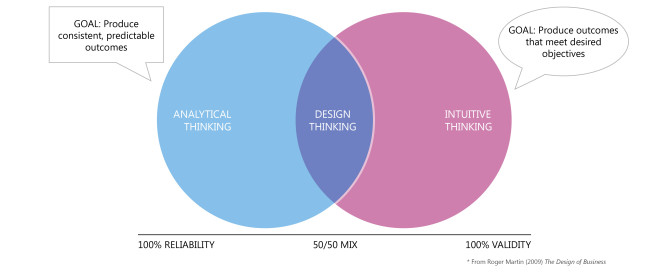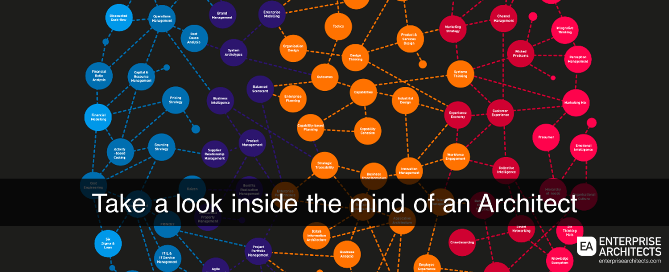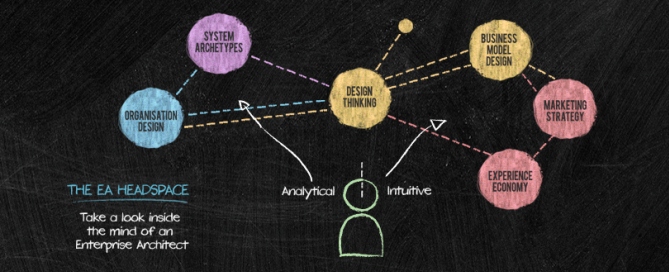Building an architecture capability is easy, right? We’ve all had the same thought – just send your cleverest current or aspiring architects on a week’s architecture training (pick your favourite flavour – TOGAF, Archimate, etc), spend a few bucks on a shiny new whiz-bang architecture tool then whip up a few eye catching models and send them out into the world. There you have it, an instant business-aligned IT architecture from a team who can now architect the heck out of anything you care to throw at them.
If only it was that simple…













